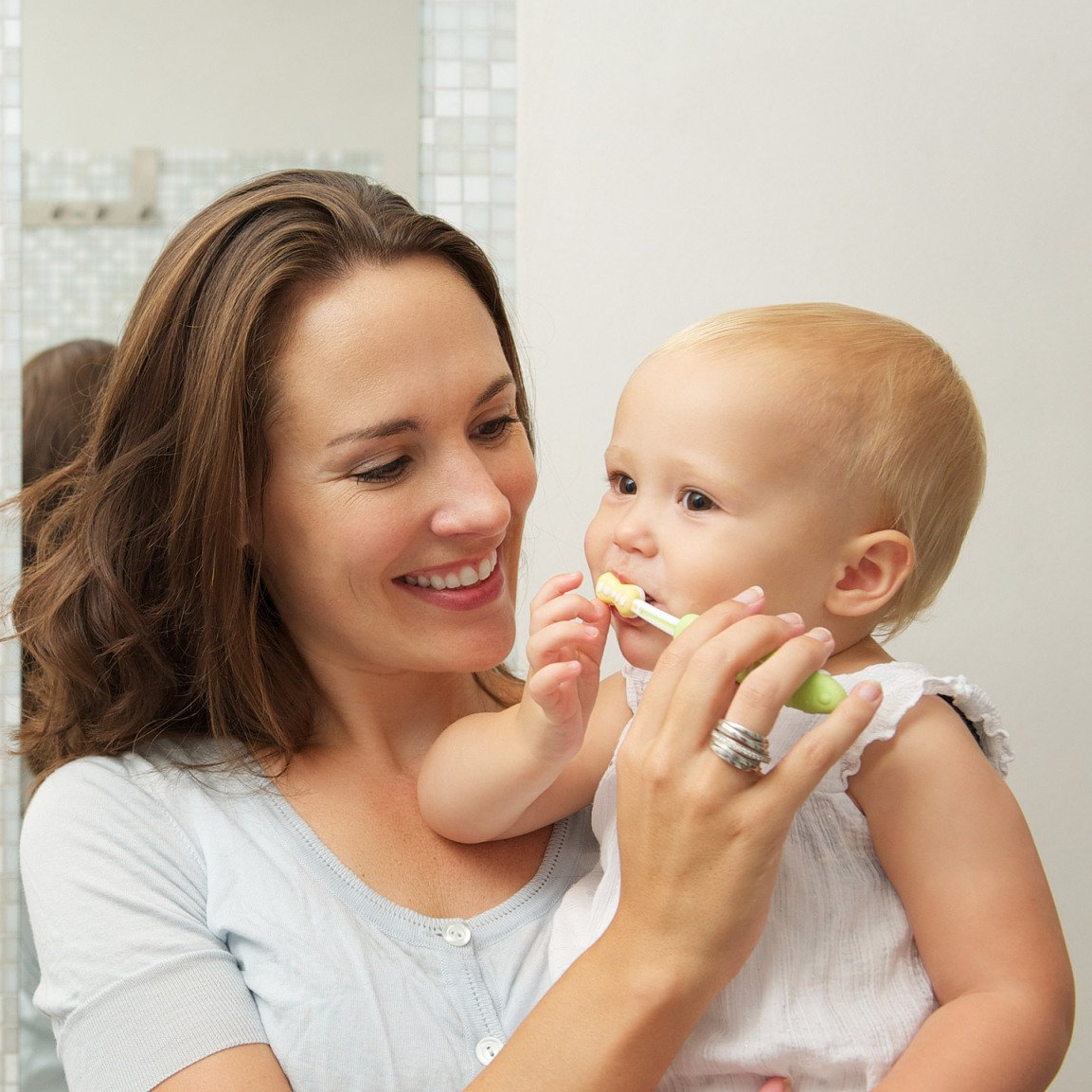CLEFT LIP & PALATE
SPECIAL DEDICATION
Craniofacial orthodontics is a sub-specialty in orthodontics that is dedicated to treating facial abnormalities such as cleft lip and palate. Cleft lip and palate occur when parts of the facial structures in the upper mouth and lip are split instead of fusing together before birth. The cause of these conditions is unknown in most cases, but some clefts are inherited or are due to environmental exposures during pregnancy.
While there are aesthetic concerns with cleft lip and palate cases, there are also more serious health concerns if this condition does not receive the proper medical attention.
- Eating Challenges: The separation in the palate can cause foods or liquids to pass through the mouth and into the nose. Most patients need a custom prosthetic to ensure that food and drinks flow into the stomach if they haven’t had their condition surgically corrected.
- Difficulty Speaking: Children with a cleft lip or palate typically have a difficult time speaking because of the abnormal formation of the facial structure. Their speech may be hard to understand and can also sound nasally. Speech therapy from a speech pathologist may be necessary during early childhood.
- Ear Infections: Cleft lip or palate can cause fluid to build up in the middle ear, which can put children with these conditions at a higher risk for ear infections and can even lead to hearing loss in some cases. Small tubes can be put in the eardrums to encourage the fluid to drain.
- Dental Issues: Children who have cleft lip or palate often also have missing or displaced teeth. The teeth can also form incorrectly as well. This can cause these children to have more cavities and they may also require more dental or orthodontic care than their peers.
TREATMENT
There are a series of treatments throughout childhood for children who suffer from cleft lip or palate. As soon as the baby is born with these conditions, feeding concerns are the first issue to be addressed. There are special tools and techniques that the parents will be instructed on to insure their child can receive the proper nutrition. Your child will also be assessed to see if they are a good candidate for an oral appliance that will bring the separated segments together. In many cases, an oral appliance can reduce the need for a large graft and helps ensure the repair will have long-term success.
The child will be evaluated throughout their early childhood years to check their speech and hearing development. Orthodontic or surgical revisions may be needed. We will monitor their growth and facial development to determine if these corrections are necessary.

